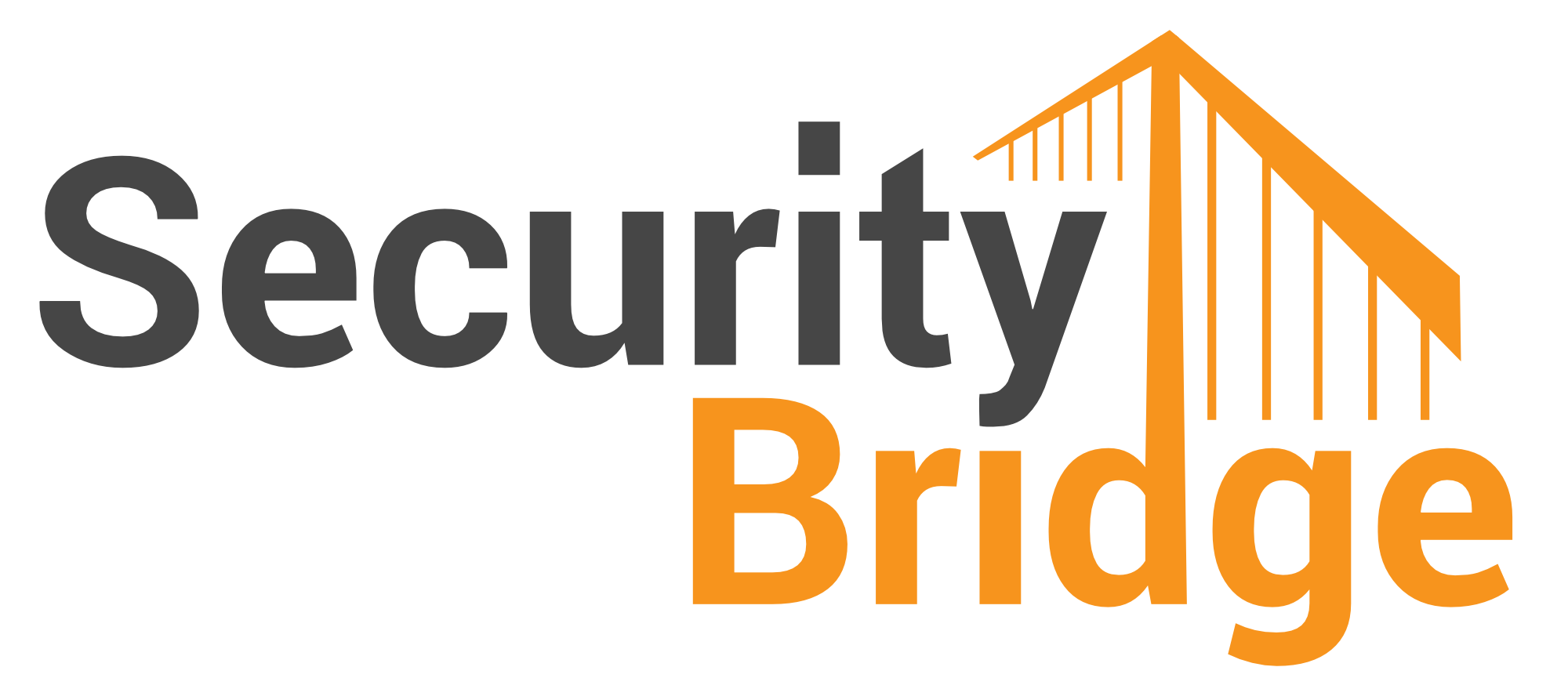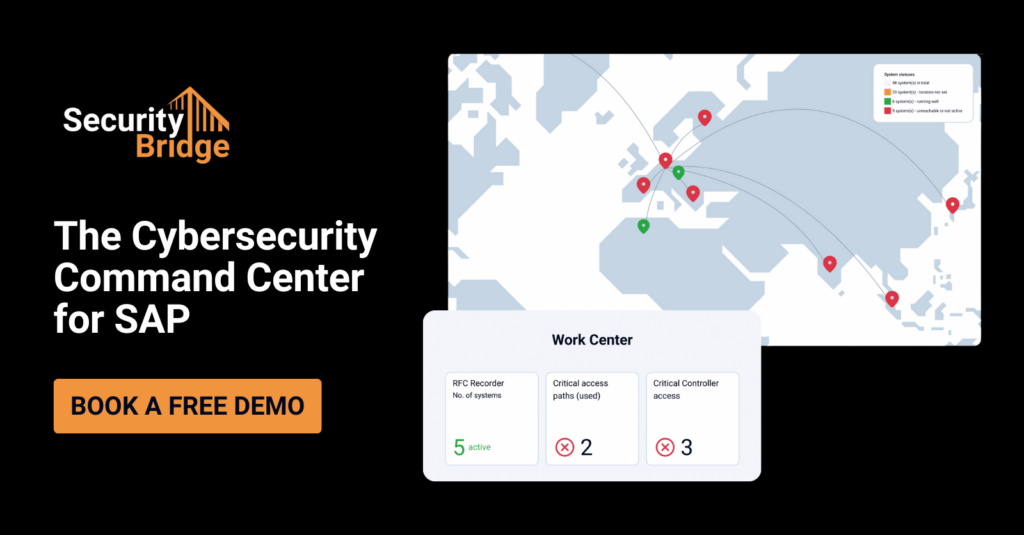
SAP extends ERP Support until 2033: what are the implications for SAP Security?

Chapters
Share Article
Let's Talk SAP Security
Have questions about SAP Security? We’re here to help. Contact Us

SAP has announced an extension of support for its legacy ERP systems, providing customers with additional time to transition to SAP S/4HANA. Initially, support for SAP ERP was set to end in 2027, with extended maintenance available until 2030. However, SAP has introduced a new option allowing eligible customers to run SAP ERP – private edition, with support until 2033. This additional extension is designed to accommodate organizations with complex IT environments that require more time to migrate.
While this extension provides organizations with greater flexibility in planning their migration, it also raises security concerns that must not be overlooked.
The Security Risks of Delaying Migration
Organizations may be tempted to delay their migration, but this decision comes with several implications, one of which is security. As outlined below, extended support means more time for cyber threats to evolve and exploit vulnerabilities in legacy SAP ECC systems.
Key Security Risks:
Exposed Legacy Vulnerabilities
Older SAP ECC systems lack some of the modern security enhancements present in S/4HANA, such as secure defaults and specific forms of encryption, making them more vulnerable to cyberattacks.
- Compliance Challenges: As security regulations evolve, maintaining compliance on an outdated ERP system becomes increasingly difficult.
- Increased Attack Surface: The longer an outdated system remains in use, the greater the opportunity for hackers to exploit its weaknesses, especially in a codebase developed over decades. On top of that, often a new S/4HANA runs alongside the old ECC system to do a PoC, increasing the attack surface even more.
Proactive Security Measures for SAP ECC Users
If your organization is planning to stay on SAP ECC for an extended period, a proactive security approach is crucial. The following steps can help mitigate risks:
- Continuous Vulnerability Monitoring – Regular security scans and audits ensure that vulnerabilities are detected and patched before they are exploited.
- Automated Patching & Compliance – Keeping security patches up to date reduces exposure to known threats, as SAP will keep on releasing them for this ECC scenario until 2033.
- Real-Time Threat Detection – Implementing tools that provide real-time monitoring helps identify and neutralize threats before they cause harm.
- Integrated Security Approach – Security should be a core business priority, ensuring that protective measures are in place at all levels.
How SecurityBridge Can Help
Organizations looking to enhance their SAP security should consider advanced security solutions such as SecurityBridge, which offers:
- Protection for both SAP ECC and S/4HANA
- Automated compliance & risk management
- Continuous monitoring & patching
And finally: Agility. SecurityBridge offers fast reaction guidance as SAP modifies the known course of its Solution Roadmap, modifies its product sunset announcements, and announces changes to SAP Solution Architecture. These changes can impact your SAP cybersecurity strategy.
Final Thoughts
SAP’s extension of ERP support until 2030—and for some customers, 2033—grants organizations additional time to migrate. However, it should not be seen as an opportunity to delay security improvements. Cyber threats do not operate on a migration timeline, and businesses must take the necessary steps to safeguard their SAP environments against evolving risks.
Don’t let extended support become an extended risk. Take action today to secure your SAP systems and ensure compliance in an ever-changing threat landscape.

